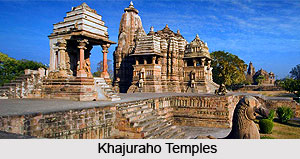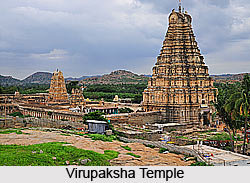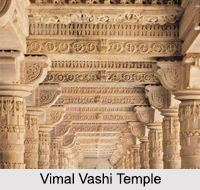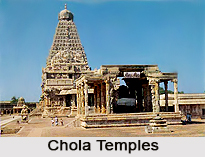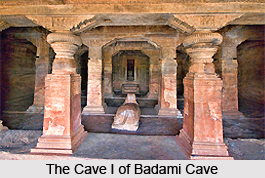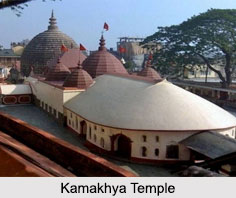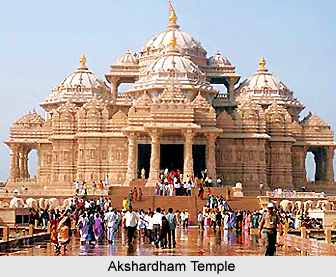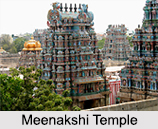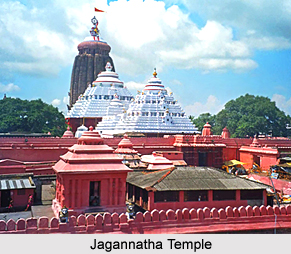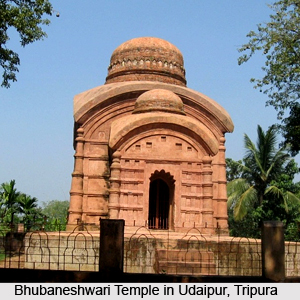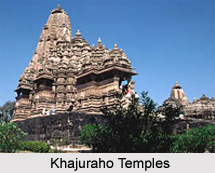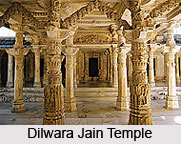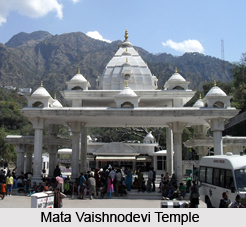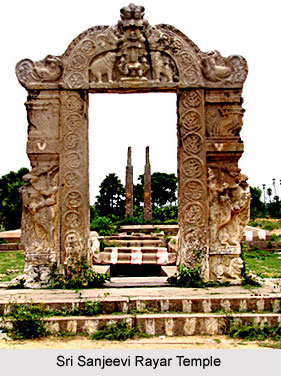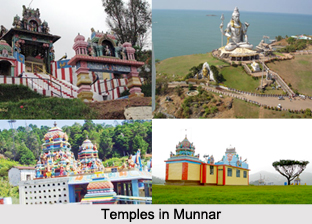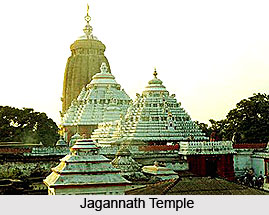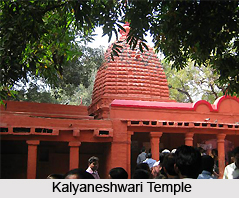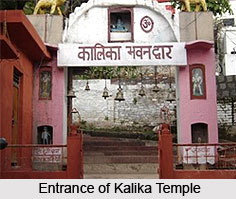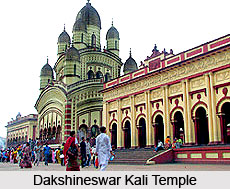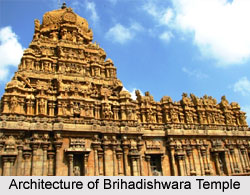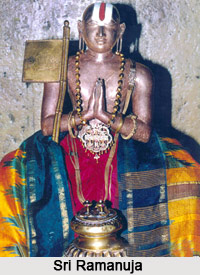 Sri Ramanuja Temple of Sevelimedu is one of the noteworthy temples of Kanchipuram. The temple itself and its surrounding areas are closely associated with the lives of many of the Vaishnava saints (Azhvars) and preceptors (Acharyas). Hence the temple precinct is considered a sacrosanct for the devotees. While separate shrines for preceptors like Tirukkacchi Nambi, Kurattazhvan and Vedanta Desika are found in the heart of Chinna Kanchi and are often visited by devotees, not many are aware of a similar temple for Vaishnavism`s most famous preceptor, Ramanujacharya near Kanchipuram. But the temple in its feature reflects traditionality and a rich cultural heritage.
Sri Ramanuja Temple of Sevelimedu is one of the noteworthy temples of Kanchipuram. The temple itself and its surrounding areas are closely associated with the lives of many of the Vaishnava saints (Azhvars) and preceptors (Acharyas). Hence the temple precinct is considered a sacrosanct for the devotees. While separate shrines for preceptors like Tirukkacchi Nambi, Kurattazhvan and Vedanta Desika are found in the heart of Chinna Kanchi and are often visited by devotees, not many are aware of a similar temple for Vaishnavism`s most famous preceptor, Ramanujacharya near Kanchipuram. But the temple in its feature reflects traditionality and a rich cultural heritage.
This shrine for Ramanuja is situated in the tiny village of Sevelimedu, approximately three kilometers from L.Periya Kanchi. It is indeed a fitting environment for this temple as this holy place is closely associated with an important incident in the life of this great Acharya.
The tradition followed in the temple reflects the heritage of the ancient temple. Very near to this temple is located the holy and ancient well to which Ramanuja was directed by the divine couple and from which he fetched water for them. Subsequently, when Ramanuja became the disciple of Tirukkacchi Nambi in Kanchi, the latter requested him to start his services to Lord Narayana by bringing water from this well for the tirumanjanam (abhishekam) of Varadaraja Perumal, the deity to whom he was so attached. Thus, at the order of his guru, Ramanuja used to carry water everyday to the great Vishnu temple at Kanchi. This well is maintained in good condition even today. To maintain the tradition in the same way, priests from the Varadaraja Perumal temple visit it every morning to fetch water for tirumanjanam to Lord Varadaraja, an enduring custom started in the 12th century A.D. and continued till today.
The festivals observed in Sri Ramanuja Temple reveal the traditional heritage and the religious significance. A number of festivals are performed with immense pomp and spectacular ceremony. A unique festival connected with this tiny temple dedicated to Ramanuja is held in the month of Margazhi (December-January) every year. On the day after the Iyarpa Sattumurai of the Adhyayana festival, the Anushtanakulam festival is celebrated to commemorate this important episode in the life of Ramanuja when the divine couple helped him. Lord Varadaraja and Goddess Perundevi Thayar, starting from their temple in Chinna Kanchi, dressed as a hunter couple visits this sacred well and Ramanuja`s shrine in Sevelimedu. During this festival a great gathering of devotees occurred in the temple precincts.
Legend of Sri Ramanuja Temple, Sevelimedu, South India: -The legendary story associated with the temple depicts the close connection of the preceptor Ramanuja with Goddess Lakshmi and Lord Narayana. The legends attached an added greatness to the temple.
Architecture of Sri Ramanuja Temple, Sevelimedu, South India: - The very structure of the temple reflects the architectural excellence of the temple. The shrine for Sri Ramanuja is located at the very spot where Lord Narayana and Lakshmi gave darshan in disguise to this illustrious Acharya. The significant architectural feature is revealed from the image of Ramanuja, which directly faces east towards the temple of Varadaraja Perumal in Kanchi and the two magnificent temple towers, east and west of this ancient temple are clearly visible from inside this shrine
